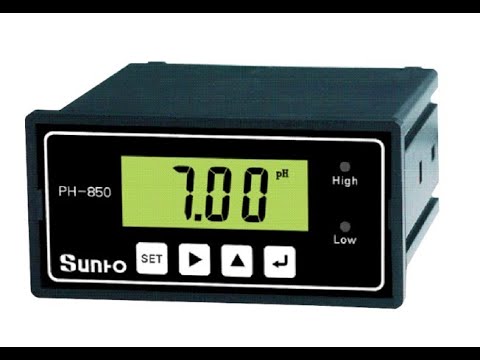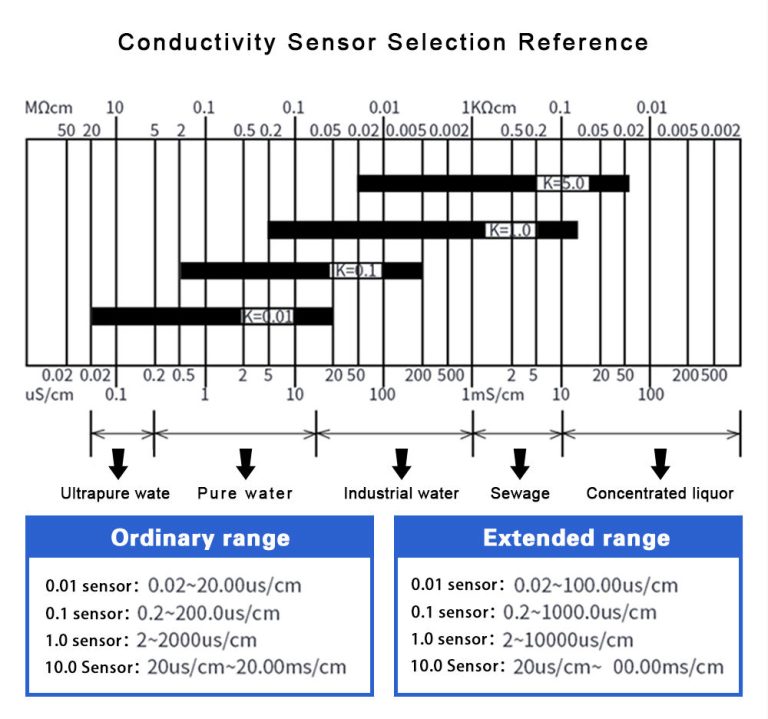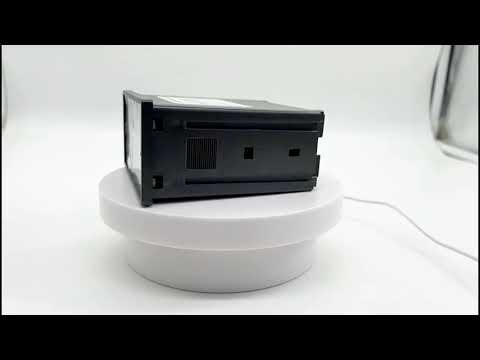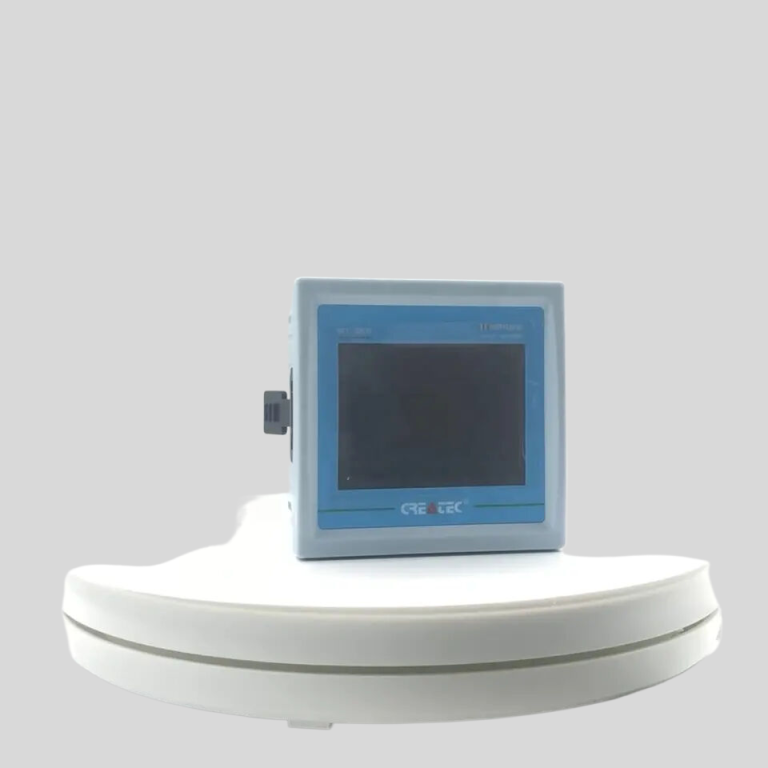Table of Contents
Evinizin Bahçesinde pH Ölçer Kullanmanın Yararları
PH metre, bir maddenin asitliğini veya bazlık derecesini ölçmek için kullanılan bir cihazdır. Ev bahçeciliği bağlamında pH metre, bitkilerinizin sağlığını ve verimliliğini sağlamak için değerli bir araç olabilir. Toprağınızın pH seviyelerini izleyerek hangi bitkileri yetiştireceğiniz, onları nasıl gübreleyeceğiniz ve bitki büyümesini optimize etmek için toprağınızın pH’ını nasıl ayarlayacağınız konusunda bilinçli kararlar verebilirsiniz.
PH kullanmanın en önemli faydalarından biri Evinizin bahçesindeki metre, toprağınızın pH seviyelerini doğru bir şekilde değerlendirme yeteneğidir. Farklı bitkilerin farklı pH tercihleri vardır ve toprağınızın pH’ını bilerek bahçenizin koşullarına en uygun bitkileri seçebilirsiniz. Örneğin, yaban mersini pH’ı 4,5 ila 5,5 arasında olan asidik toprağı tercih ederken çoğu sebze, pH’ı 6,0 ila 7,0 arasında olan hafif asidik ila nötr toprakta gelişir. Toprağınızı test etmek için bir pH metre kullanarak bahçenizde gelişecek bitkiler yetiştirdiğinizden emin olabilirsiniz.
Bir pH metre, bahçeniz için doğru bitkileri seçmenize yardımcı olmanın yanı sıra en iyi bitkiyi belirlemenize de yardımcı olabilir. Bitkileriniz için gübreleme uygulamaları. Topraktaki besin maddelerinin bulunabilirliği pH’dan etkilenir, bazı besinler farklı pH seviyelerinde az ya da çok kullanılabilir hale gelir. Örneğin, fosfor en çok hafif asitli toprakta bitkiler tarafından bulunurken, demir en çok hafif alkali toprakta bulunur. Toprağınızın pH’ını izleyerek gübreleme uygulamalarınızı bitkilerinizin büyümesi ve gelişmesi için ihtiyaç duyduğu besinleri aldığından emin olacak şekilde ayarlayabilirsiniz.
Evinizin bahçesinde pH metre kullanmanın bir başka yararı da pH’ı ayarlama yeteneğidir. Bitki büyümesini optimize etmek için toprağınızın. Toprağınızın çok asidik veya çok alkali olması, besin maddelerinin bitkilerinize ulaşmasını etkileyebilir ve büyümelerini engelleyebilir. Toprağınızın pH’ını düzenli olarak test ederek, bitkileriniz için en uygun büyüme koşullarını oluşturmak amacıyla pH’ı nasıl ayarlayacağınız konusunda bilinçli kararlar verebilirsiniz. Örneğin, toprağınız çok asitliyse pH’ı yükseltmek için kireç ekleyebilirsiniz veya toprağınız çok alkalinse pH’ı düşürmek için kükürt ekleyebilirsiniz.
Genel olarak, evinizin bahçesinde bir pH metre kullanmak yardımcı olabilir Hangi bitkileri yetiştireceğiniz, onları nasıl gübreleyeceğiniz ve bitki büyümesini optimize etmek için toprağınızın pH’ını nasıl ayarlayacağınız konusunda bilinçli kararlar verirsiniz. Toprağınızın pH’ını düzenli olarak izleyerek bitkilerinizin gelişmesi ve sağlıklı ve verimli bir bahçe oluşturması için ihtiyaç duyduğu besinleri aldığından emin olabilirsiniz. İster yeni başlayan bir bahçıvan olun ister deneyimli bir yeşil başparmak olun, pH metre ev bahçenizde başarıya ulaşmanıza yardımcı olabilecek değerli bir araçtır.
PH Ölçerinizi Doğru Şekilde Kalibre Etme ve Bakımı Nasıl Yapılır?
Bir pH test cihazı veya pH monitörü olarak da bilinen bir pH metre, bir çözeltinin asitliğini veya bazlık derecesini ölçmek için kullanılan bir cihazdır. Tarım, yiyecek ve içecek, su arıtma ve ilaç gibi çeşitli endüstrilerde önemli bir araçtır. pH metreler aynı zamanda bilimsel araştırma ve eğitimde bir çözeltinin pH seviyesini doğru bir şekilde belirlemek için yaygın olarak kullanılır.
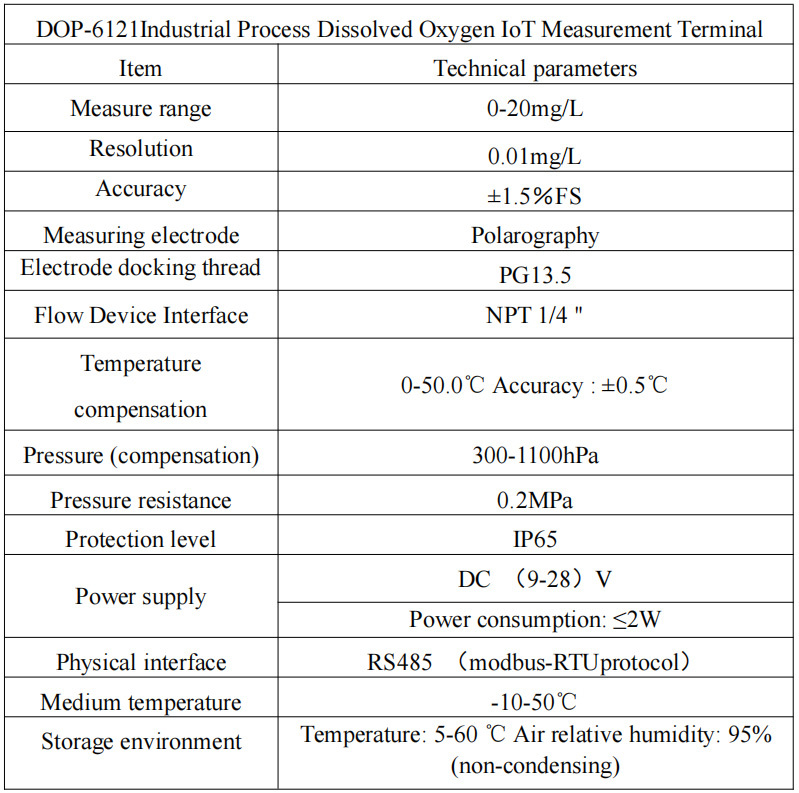
PH ölçümlerinin doğruluğunu sağlamak için pH ölçüm cihazınızı düzenli olarak kalibre etmeniz ve bakımını yapmanız çok önemlidir. Kalibrasyon, doğru okumaları sağlamak için pH metreyi bilinen bir standart çözeltiye ayarlama işlemidir. pH ölçüm cihazınızın doğru şekilde bakımı, kullanım ömrünün uzamasına ve güvenilir ölçümler yapılmasına yardımcı olacaktır.
PH ölçüm cihazınızı kalibre etmeden önce, kalibrasyon solüsyonları, damıtılmış su ve temiz bir bez de dahil olmak üzere gerekli tüm malzemeleri toplamak önemlidir. Kalibrasyon çözeltileri pH 4,01, pH 7,00 ve pH 10,01 gibi çeşitli pH seviyelerinde mevcuttur. PH ölçerinizi doğru bir şekilde kalibre etmek için en az iki kalibrasyon solüsyonu kullanmanız önerilir.
PH ölçerinizi kalibre etmek için, herhangi bir kalıntıyı gidermek üzere elektrodu damıtılmış suyla durulayarak başlayın. Daha sonra elektrodu pH 7,00 kalibrasyon solüsyonuna batırın ve stabil hale gelmesini bekleyin. Kalibrasyon düğmelerini veya düğmelerini kullanarak pH metreyi doğru okumaya ayarlayın. Çeşitli pH seviyelerinde doğru okumalar sağlamak için bu işlemi diğer kalibrasyon çözeltileriyle tekrarlayın.
Ayrıca, pH ölçüm cihazınızda elektrotta aşınma veya hasar belirtileri olup olmadığını kontrol etmek gibi rutin bir bakım kontrolü yapmanız da önerilir. Doğru ölçümler sağlamak için gerekirse elektrodu değiştirin. PH ölçüm cihazınızın düzenli olarak kalibre edilmesi ve bakımının yapılması, pH ölçümlerinizde güvenilir ve tutarlı sonuçlar elde etmenize yardımcı olacaktır.
| FCT-8350 Akış Vericisi | |
| Ölçüm aralığı | Anlık akış:(0~2000)m3/h;Birikimli akış:(0~99999999)m3 |
| Akış hızı | (0~5)m/sn |
| Uygulanabilir boru çapı | DN 25~DN 1000 seçim için |
| Çözünürlük | 0,001 m3/saat |
| Yenileme aralığı | 1S |
| Doğruluk | 2.0 seviye |
| Tekrarlanabilirlik | yüzde 10,5 |
| Prob girişi | Aralık:0,5Hz~2KHz;Güç kaynağı:DC 12V(cihaz kaynağı) |
| Analog çıkış | (4~20)mA,Seçim için cihaz/verici; |
| Kontrol çıkışı | Yarı iletken foto elektronik röle,Yük akımı 50mA(maks),AC/DC 30V |
| Kontrol modu | Anlık akış yüksek/düşük limit alarmı, akış değişken frekans dönüşümü |
| Çalışma gücü | DC24V |
| Güç tüketimi: | ve lt;3,0W |
| Kablo uzunluğu | 5m standart olarak; veya(1~500)m seçim için |
| Çalışma ortamı | Sıcaklık:(0~50)℃;bağıl nem≤85 yüzde RH(yoğuşmasız) |
| Depolama ortamı | Sıcaklık.:(-20~60)℃; bağıl nem:≤85 yüzde bağıl nem(yoğuşmasız) |
| Koruma düzeyi | IP65(arka kapaklı) |
| Boyut | 96 mm×96 mm×94mm (Y×G×D) |
| Delik boyutu | 91mm×91mm(Y×G) |
| Kurulum | Panele monte, hızlı kurulum |
Sonuç olarak, bir pH metre, bir çözeltinin asitliğini veya alkaliliğini doğru bir şekilde ölçmek için değerli bir araçtır. PH ölçüm cihazınızın doğru kalibrasyonu ve bakımı, doğru okumalar sağlamak ve ömrünü uzatmak için çok önemlidir. Bu makalede özetlenen adımları takip ederek pH ölçümlerinizde güvenilir ve tutarlı sonuçlar elde etmek için pH ölçüm cihazınızı etkili bir şekilde kalibre edebilir ve bakımını yapabilirsiniz.

